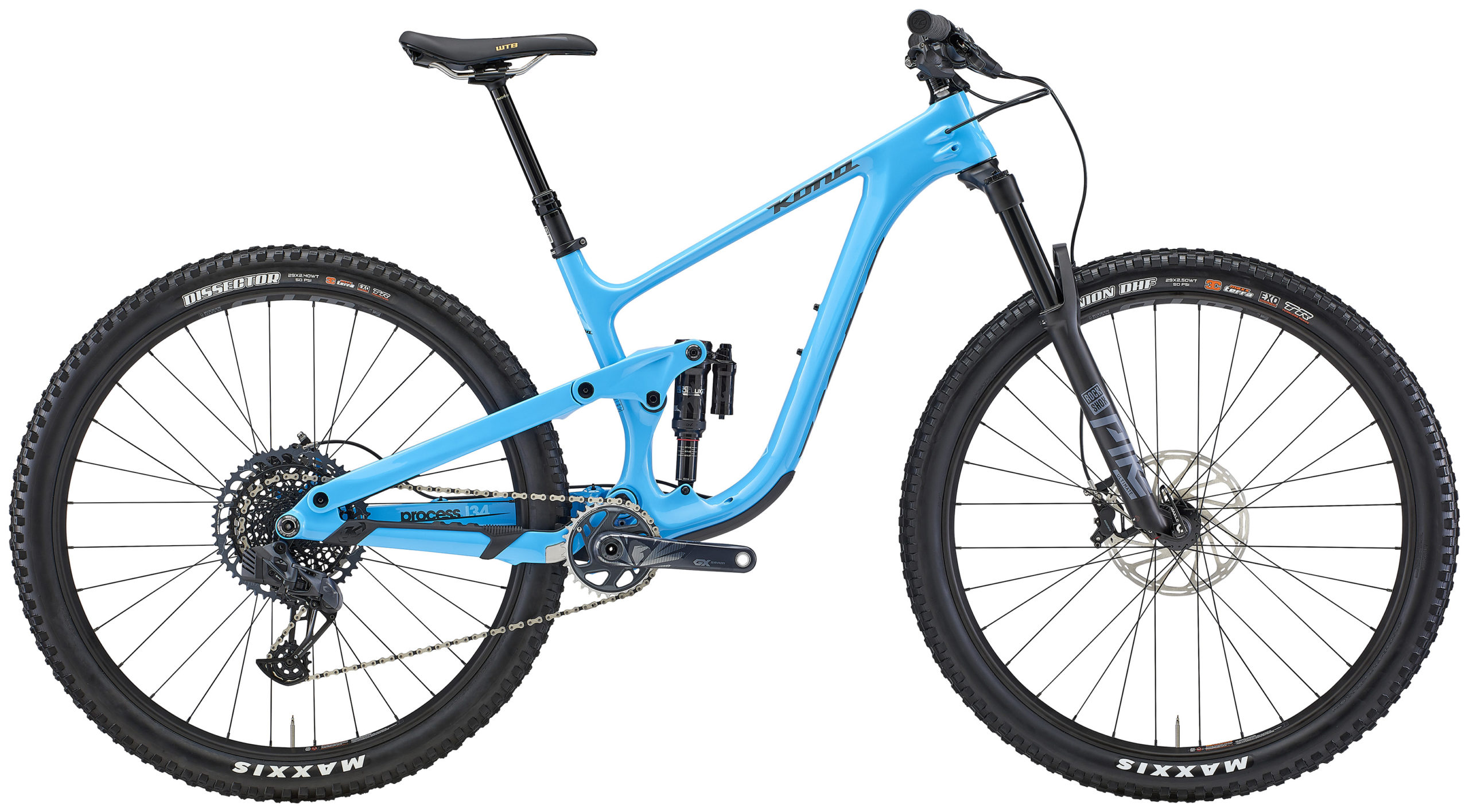MIND THE BRAIN
Video by Peter Wojnar//Words by Zanny Venner//Photos by Joel Ducrot
Attitude is everything. On and off the bike, a lack of strength, stamina, and skill can often be overcome by enthusiasm, motivation, and positivity. But even the strongest, fittest, most elite athlete is no match for a souring attitude and weakening mindset.
I grew up training and competing at national level, as a ski racer and as a track & field athlete. I have a reasonably high level of base fitness. And yet, I can count a number of experiences where I truly felt like I couldn’t go on, when others I considered peers were able to keep pushing. I cracked, cried, and hated some of the most beautiful moments and environments. Why were the others happy to keep pedalling on when I was mentally out of gas?
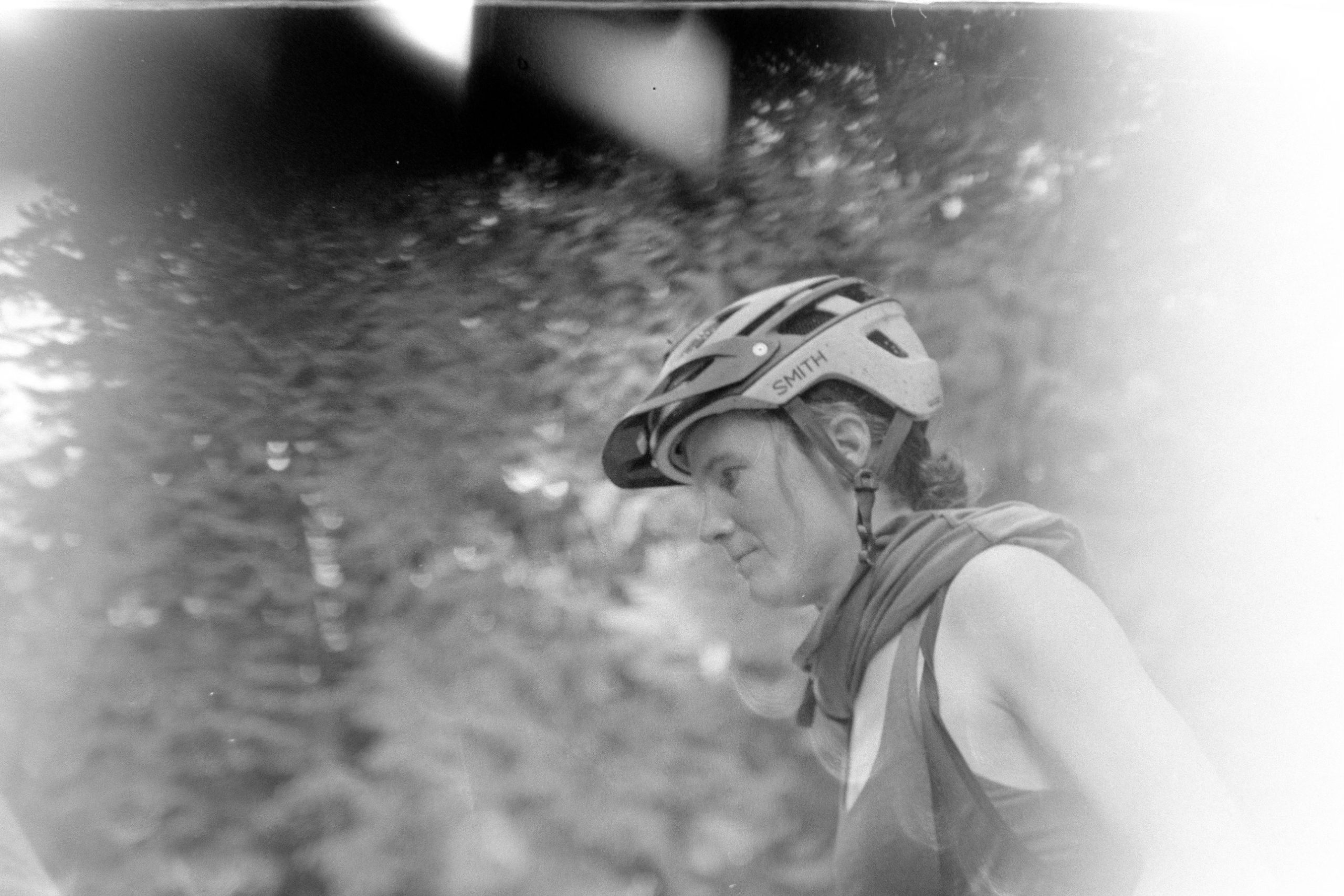
I had to prove to myself that I could maintain a positive attitude, solo, through a properly long endurance challenge. I wanted to develop a deeper pool of experience to draw on in difficult, mentally fatiguing situations, both on and off the bike. If the body won’t quit until the mind does, I had to set a higher threshold for my mind.
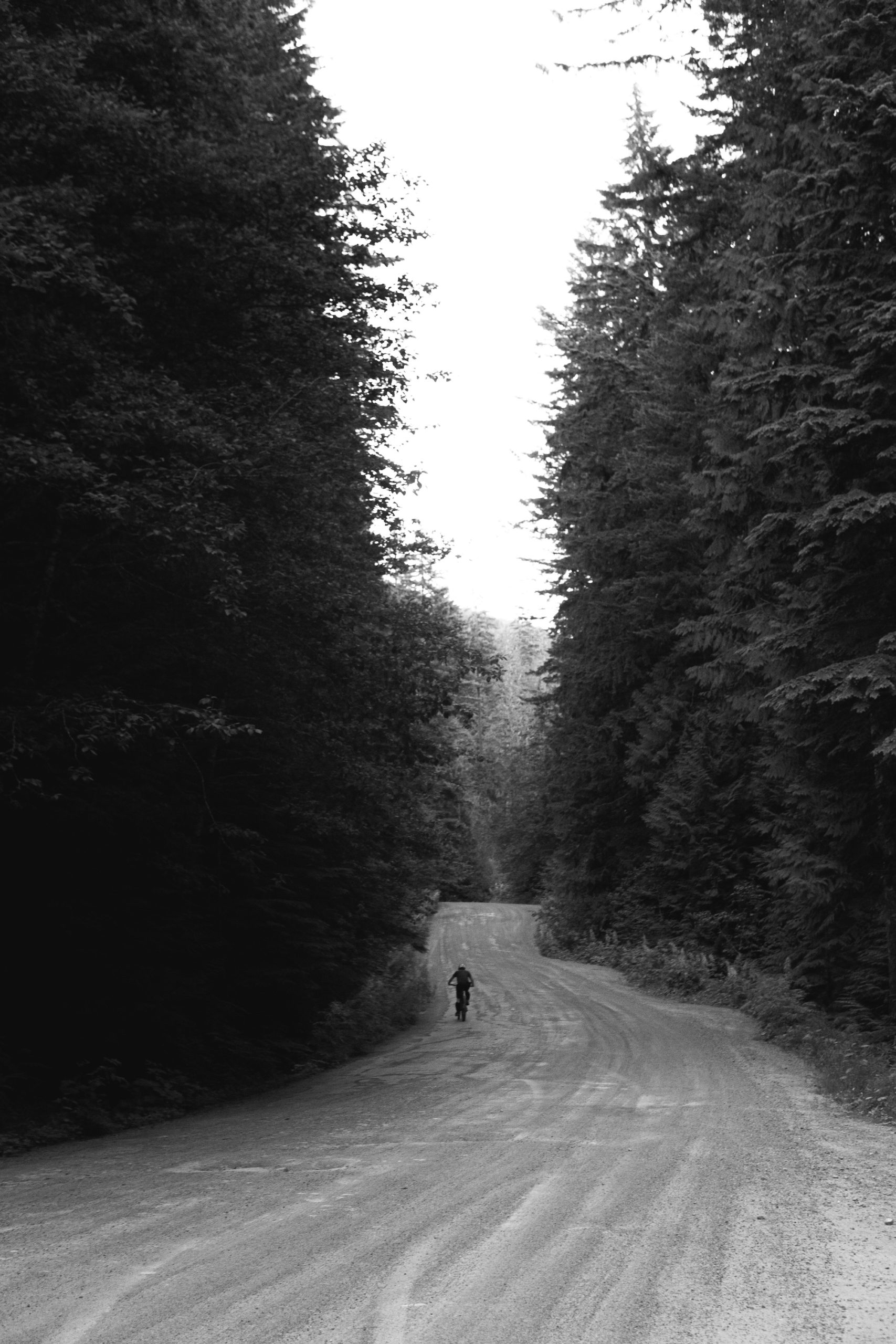

“Everesting” is a somewhat common challenge in the cycling community: climb and descend a hill, repeatedly, until you have climbed the height of Mt. Everest (8,848m or 29,028ft.) Most riders undertake the enormous, yet tangible challenge on their road bikes. But I’m no roadie, and what made the most sense to me was to pedal my Process 134 up the Garibaldi Park Road in Squamish, and descend an efficient route of my favourite single- and double-black diamond trails (a version of 19th Hole to Angry Midget, for those who’ve ridden in Squamish.)
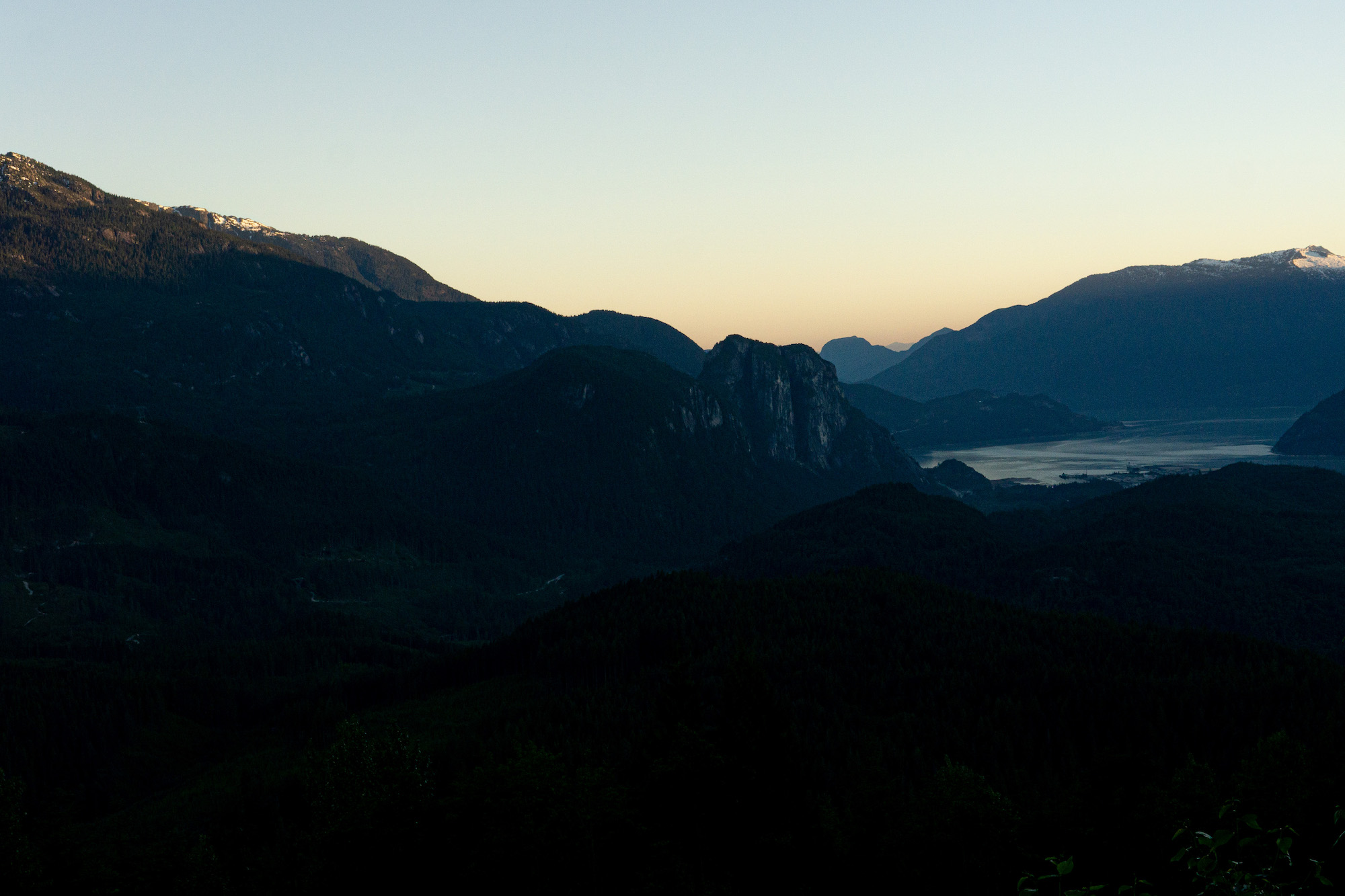


I began at 8:15PM on July 27th. I finished at 10:15pm the following day, after 26 hours, and having ridden 175km and 8913m. I had a couple of difficult moments, but this time, no tears. I battled 35 degree heat, I struggled to stay hydrated and fed, and I missed my arbitrary 24-hour goal. But I never considered quitting.
Descending real mountain bike trails was essential, and the weight of suspension and DH casing tires didn’t feel like it hindered my effort. I’m almost certain I wouldn’t have completed the challenge going up and down a road, without a quick hit of adrenaline blasting down my favourite trails on each descent.
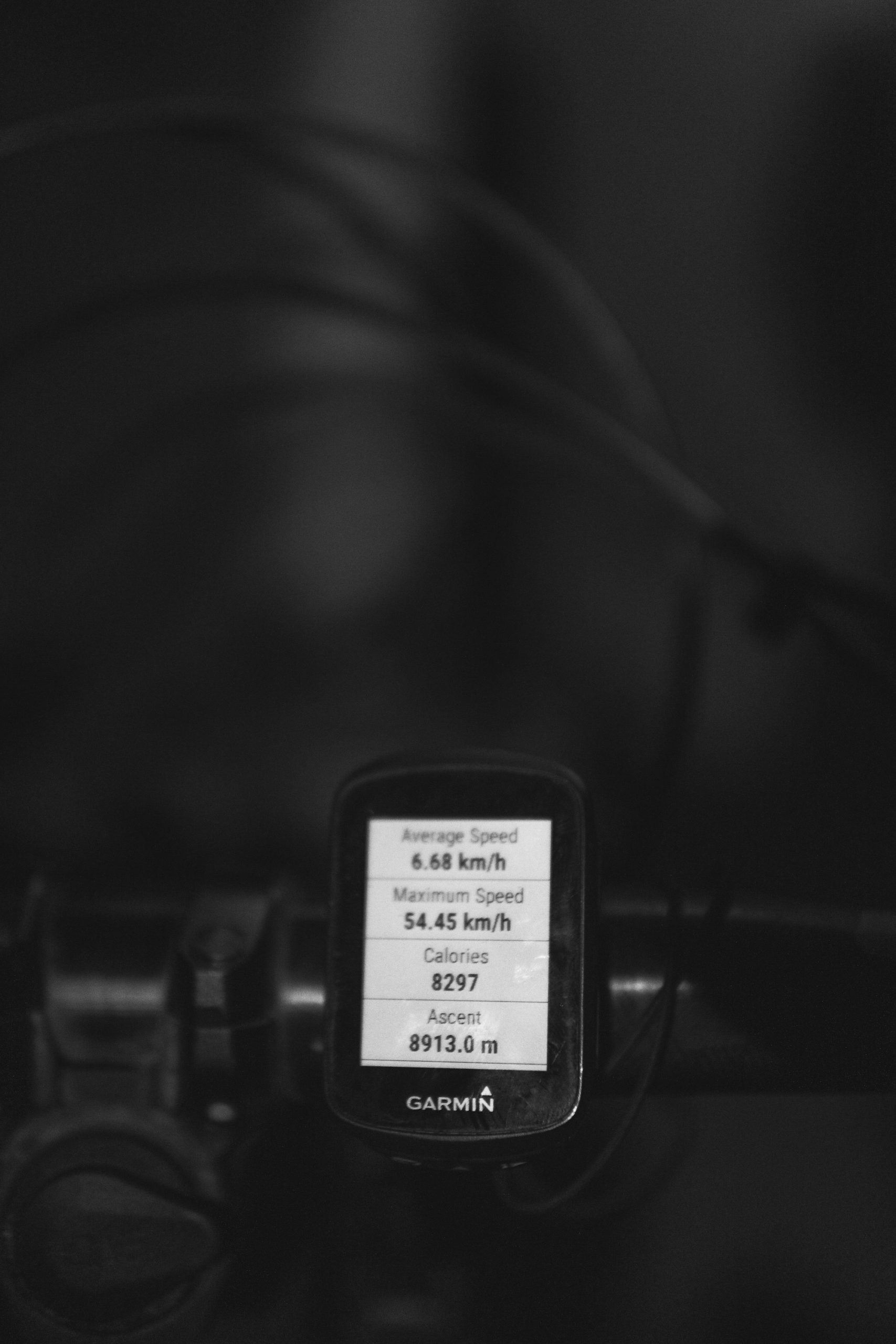

The day came and went. When the Garmin read 8848m, I wasn’t in a celebratory mood; I didn’t feel like I had accomplished anything. “10,000m doesn’t seem so far away,” I told my friends who came to cheer me on for the last lap.
And although I didn’t keep pedalling, I’m really proud of myself for thinking that I could.
